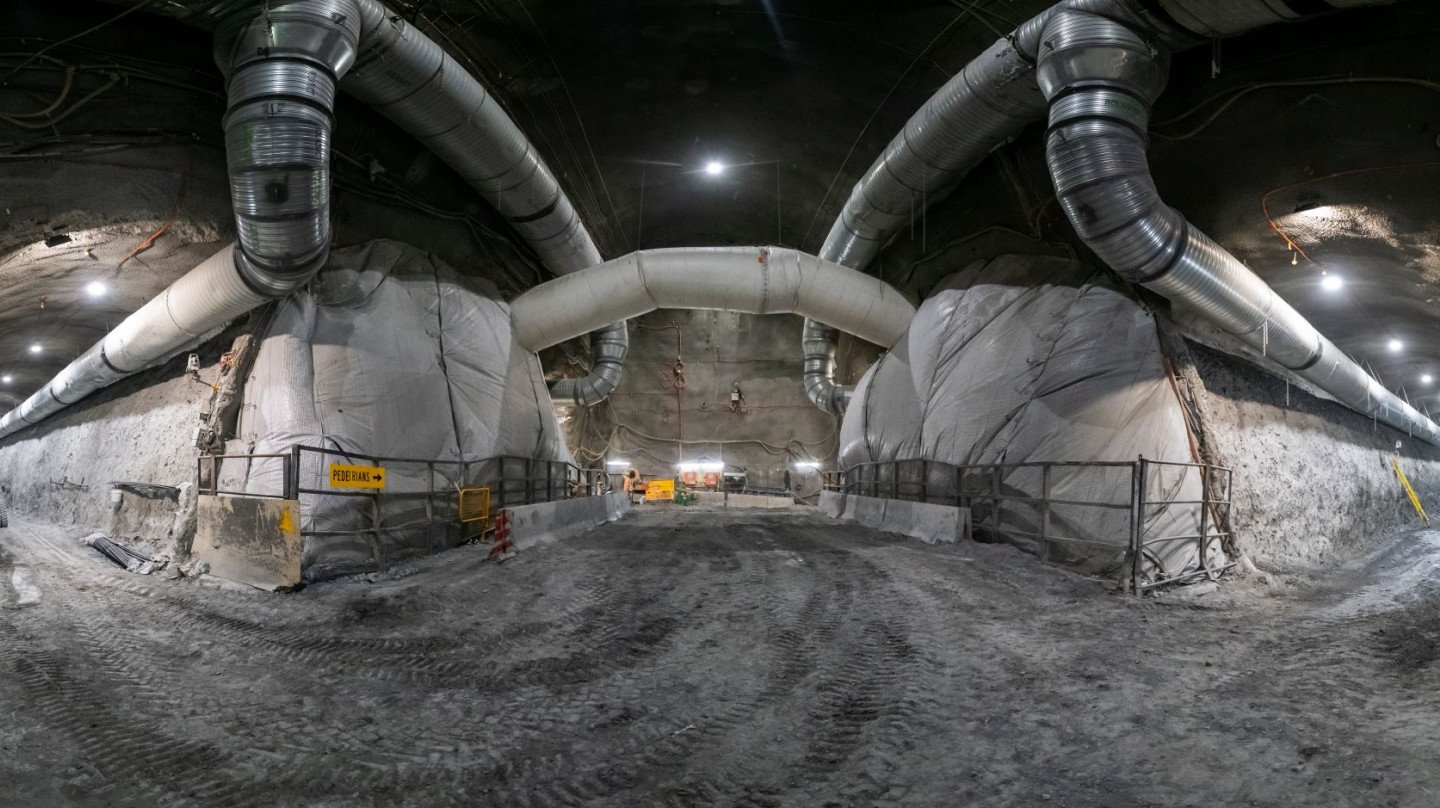
Metro Tunnel, Australia
A major enhancement of Melbourne’s rail network. John Laing is a 30 per cent shareholder in the Cross Yarra Partnership (‘CYP’), an availability public-private partnership established to deliver the tunnels and stations package of works that forms part of the wider Metro Tunnel project, one of the largest transport infrastructure projects ever undertaken in Australia.
30% John Laing ownership interest
c.25yr project
2 9km tunnels
5 stations

The project was launched in response to unprecedented growth in public transport usage in the city over the preceding decade, putting the existing public transport system under significant pressure and requiring urgent investment.
Delivering the project is essential to avoid chronic over-crowding and meet the demand generated by the city’s growing population and changing economy.
MelbourneMetro2

Improving connections across Melbourne
The Metro Tunnel Project will untangle the City Loop by taking three of Melbourne’s busiest train lines through a new tunnel under the city. It will create a new end-to-end train line from Sunbury to Cranbourne/Pakenham, with twin nine-kilometre tunnels and five new underground stations at North Melbourne (formerly known as Arden), Parkville, Anzac, and two new CBD stations - State Library and Town Hall - which will directly connect to the City Loop via underground pedestrian walkways.

The tunnels and stations works are being delivered by three of Australia’s leading construction companies – Lendlease Engineering, John Holland Group and Bouygues Construction.
The consortium will finance, design, construct and maintain the Tunnel and Stations Package for approximately 25 years. Construction is due to complete in 2025.
I-4 Ultimate Project, US
The I-4 project plays a significant role in enhancing both safety and mobility for I-4 users, and reduces travel times in the heart of Florida.

Denver Eagle, US
The investment in Denver Eagle in 2010 marked John Laing’s entry into the US P3 market and was the country’s first public-private partnership transit project.

Hazel McCallion Light Rail Transit Project, Canada
In 2019, Mobilinx, in which John Laing has a 35 per cent equity interest, achieved financial close on the design, build, finance, operation and maintenance of the Hurontario Light Rail Transit Project.

MBTA Automated Fare Collection 2.0, US
The project is being delivered as a P3, with the consortium appointed to design, build, operate and maintain a next-generation fare payment system in Greater Boston.

Sunraysia Solar Farm, Australia
Sunraysia has total capacity of 255 MW and is located in New South Wales.

Sydney Light Rail, Australia
The SLR project consists of the design, construction and financing of the light rail network, and its operation and maintenance.

